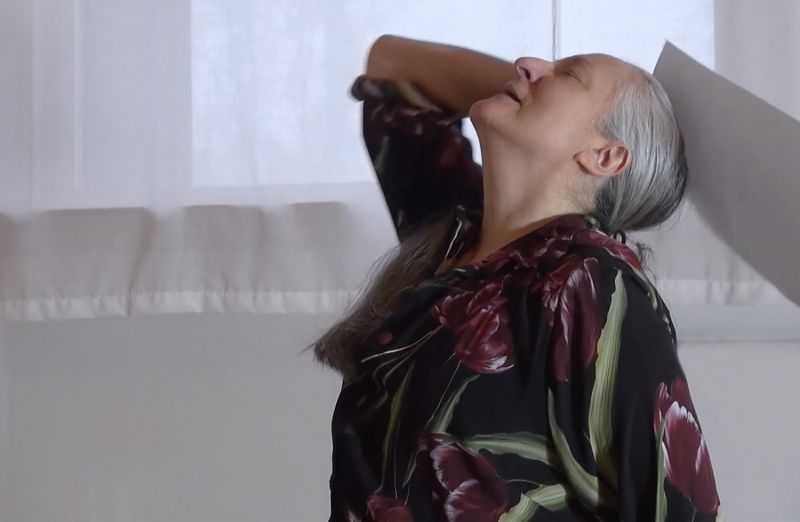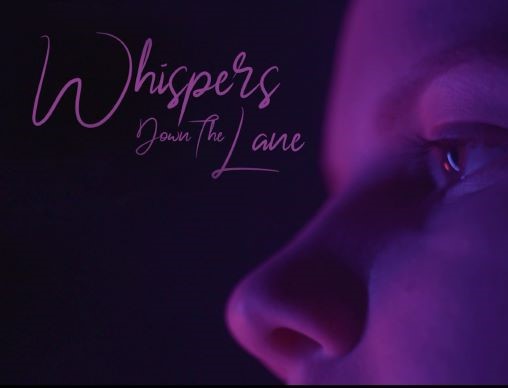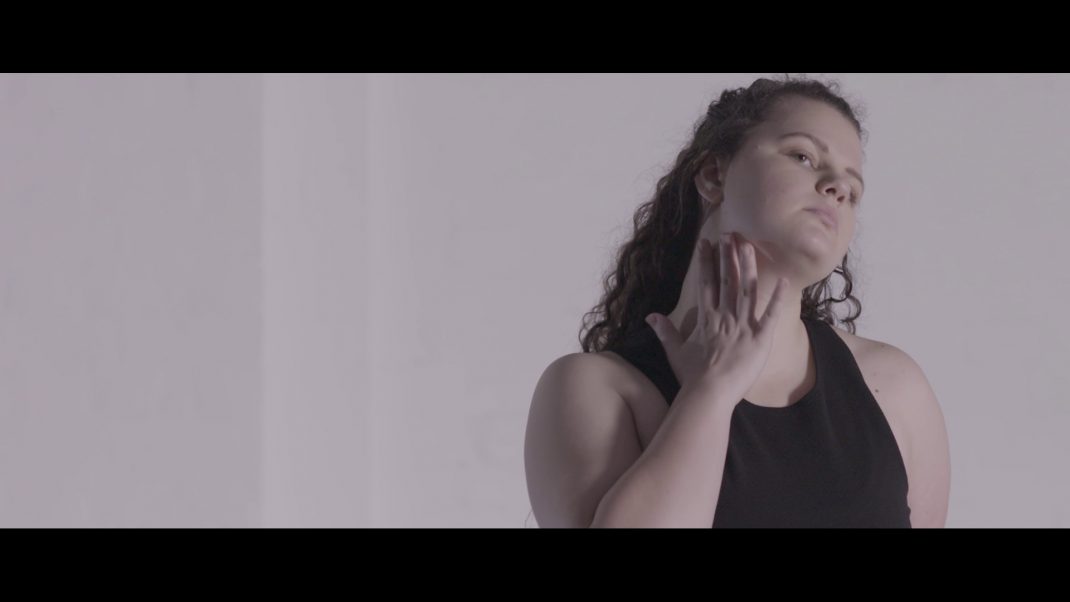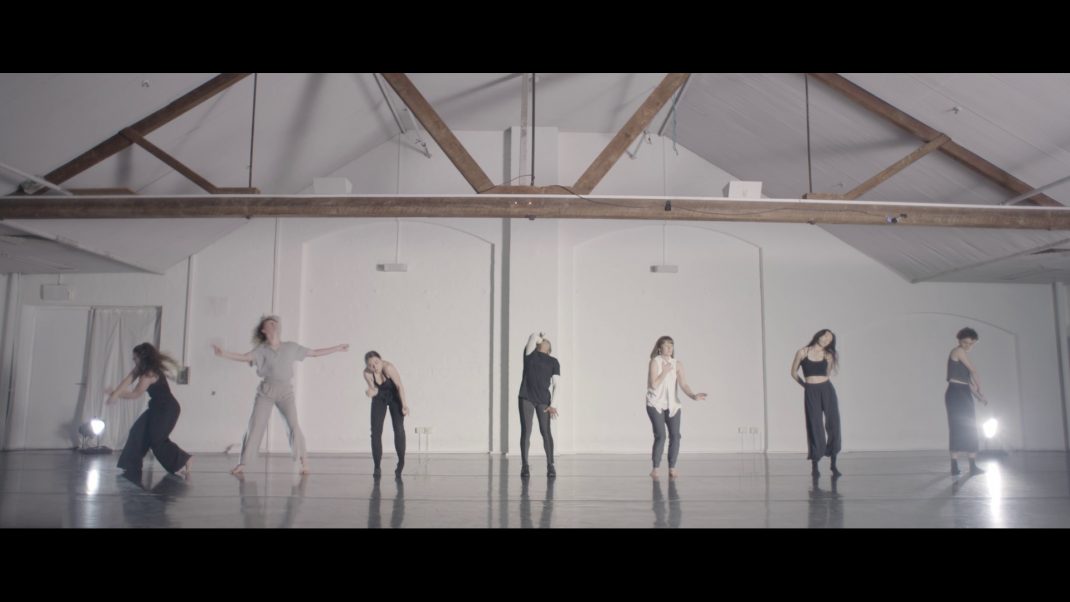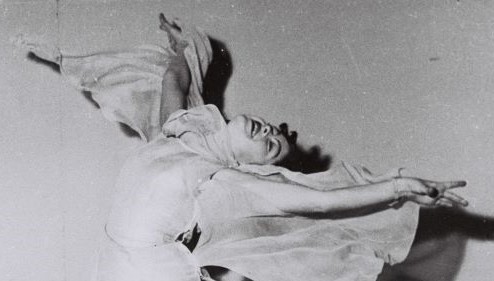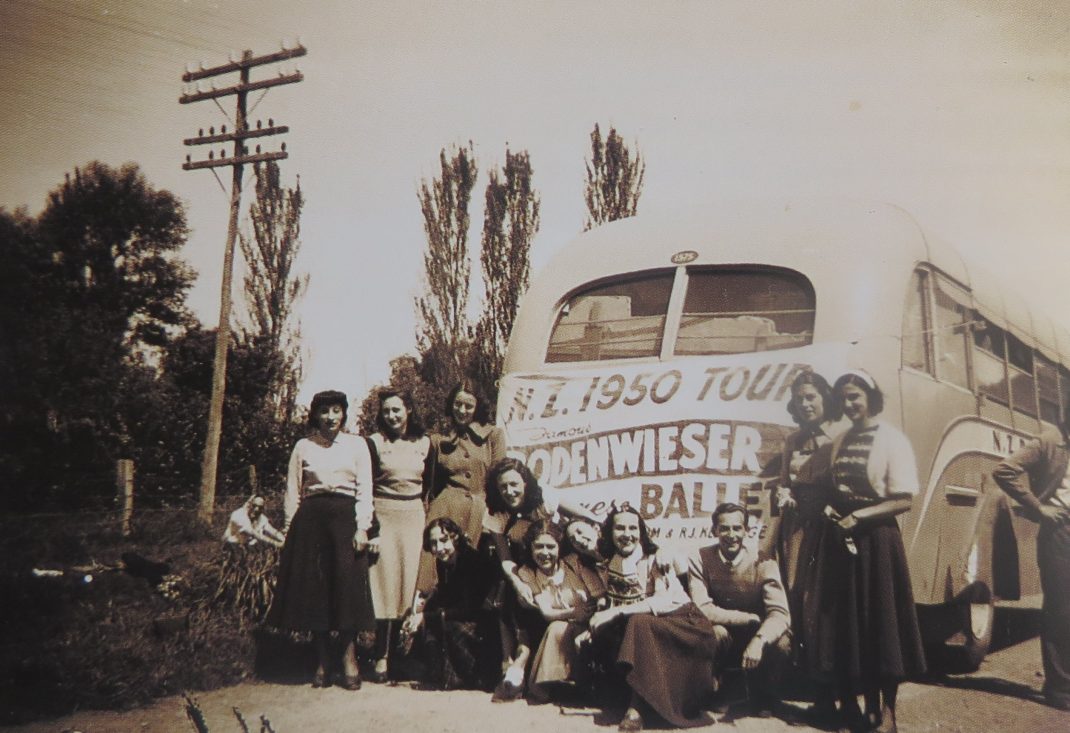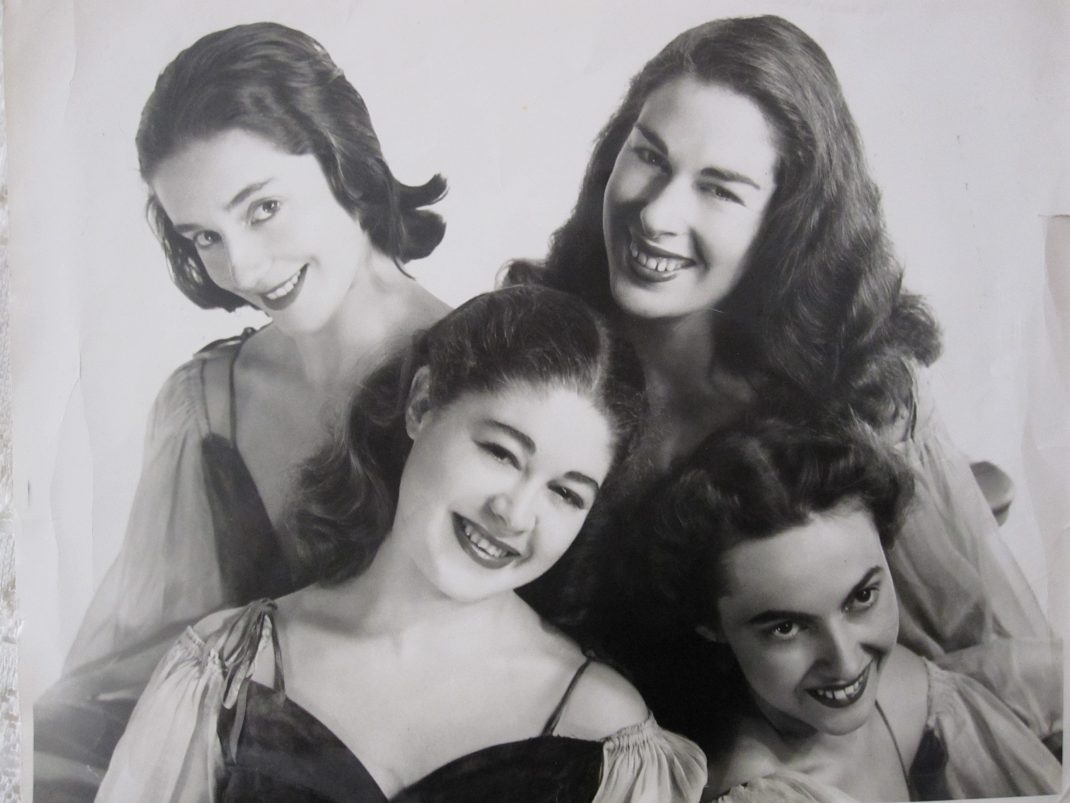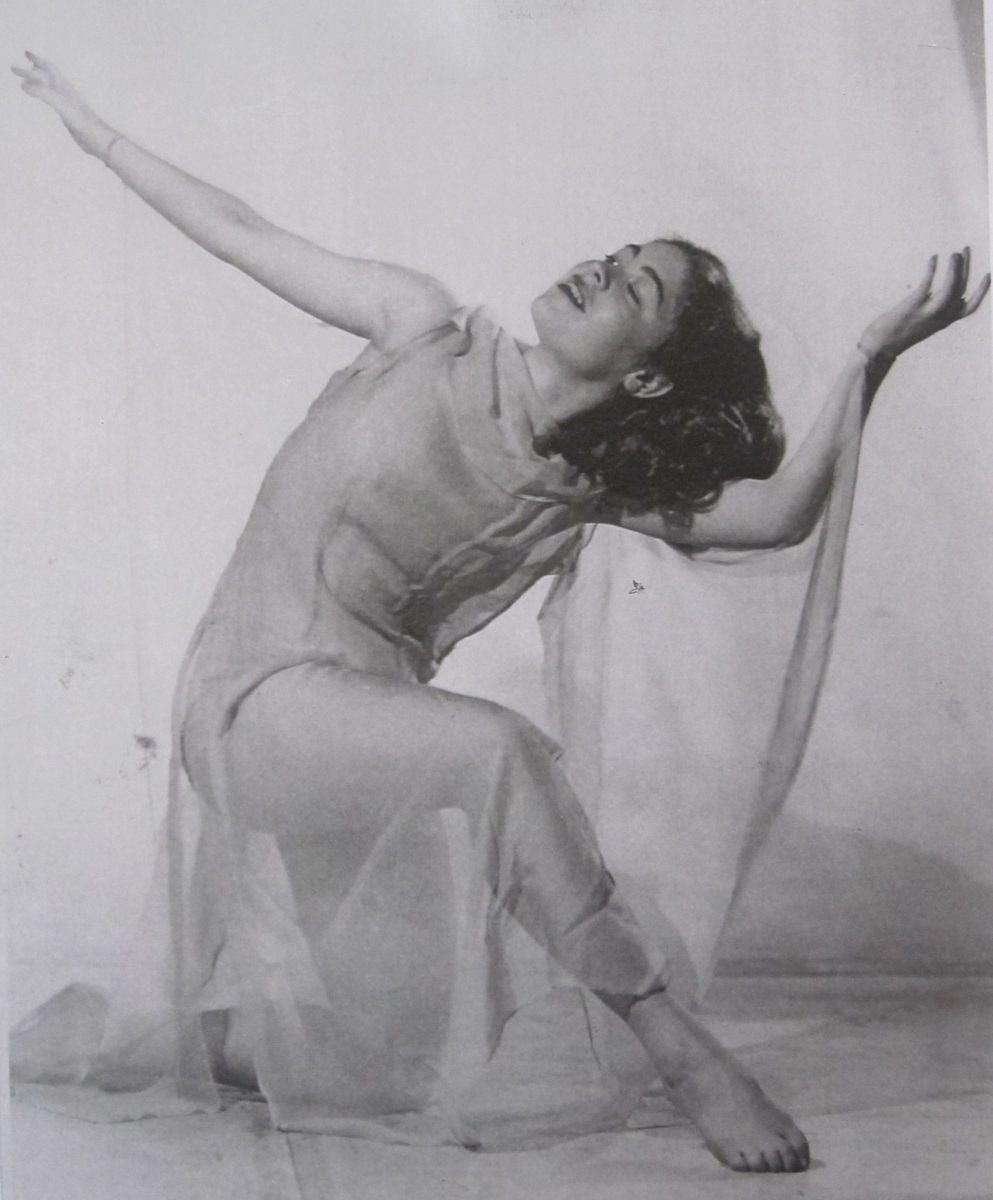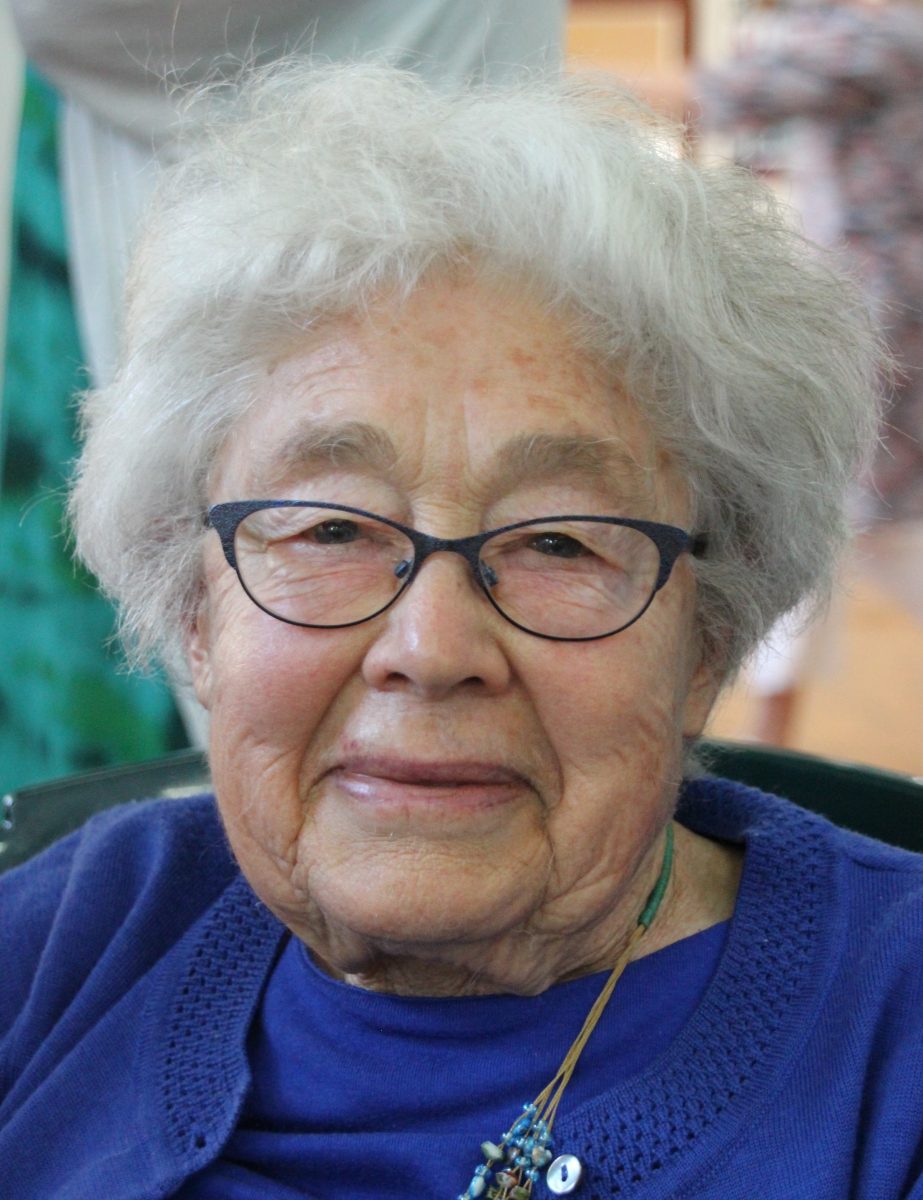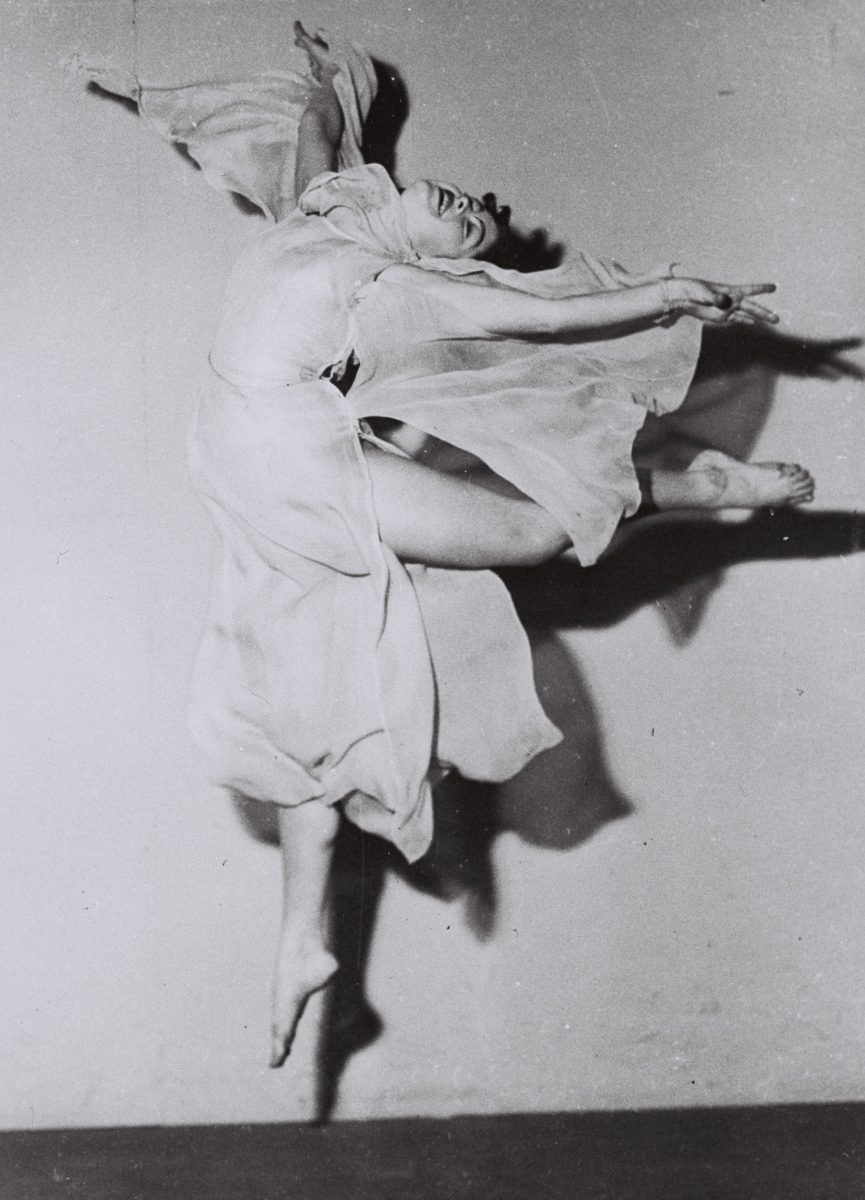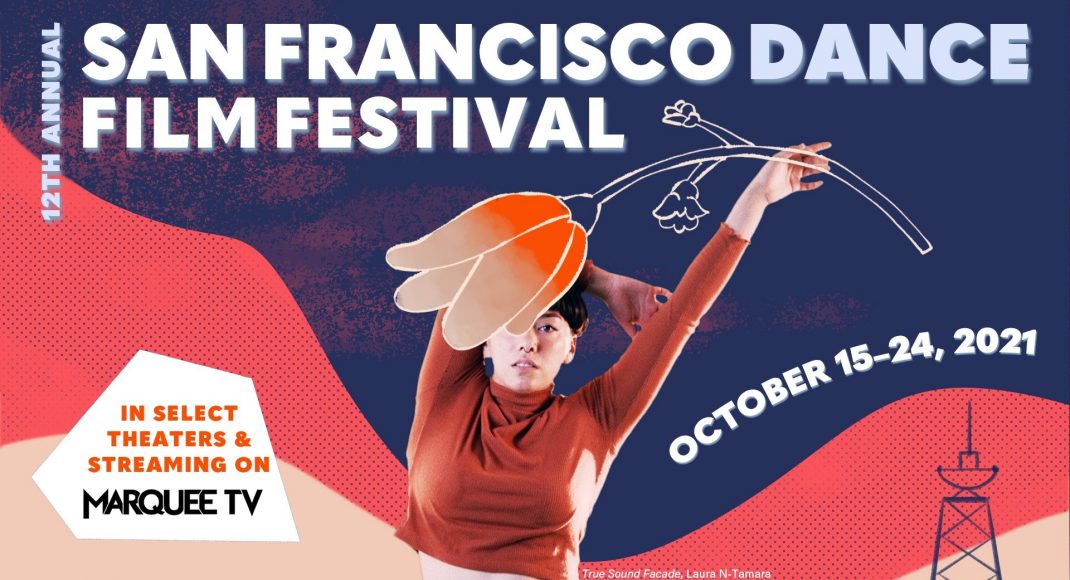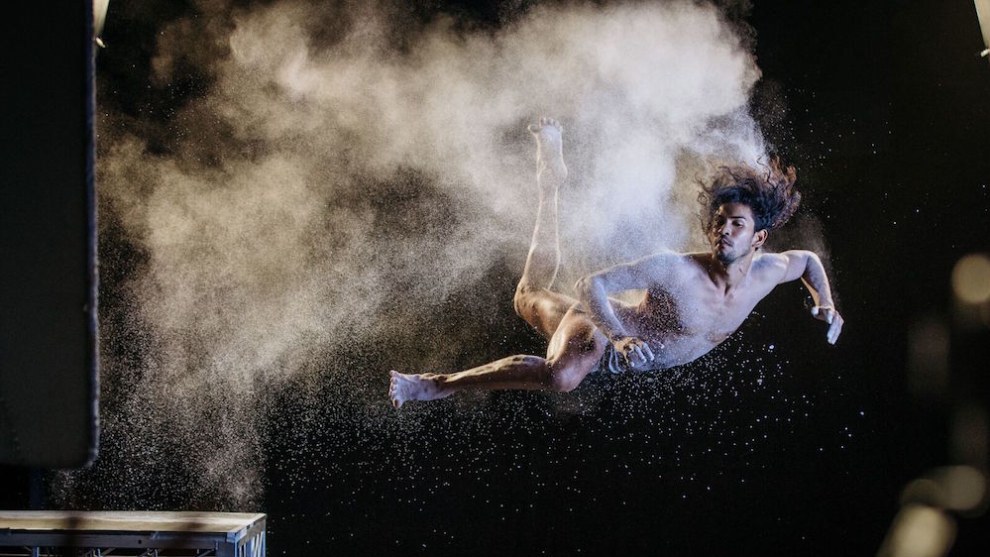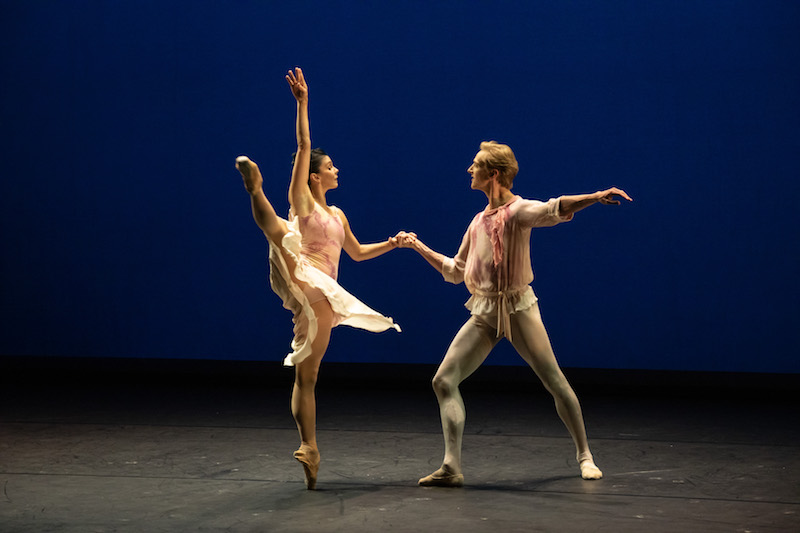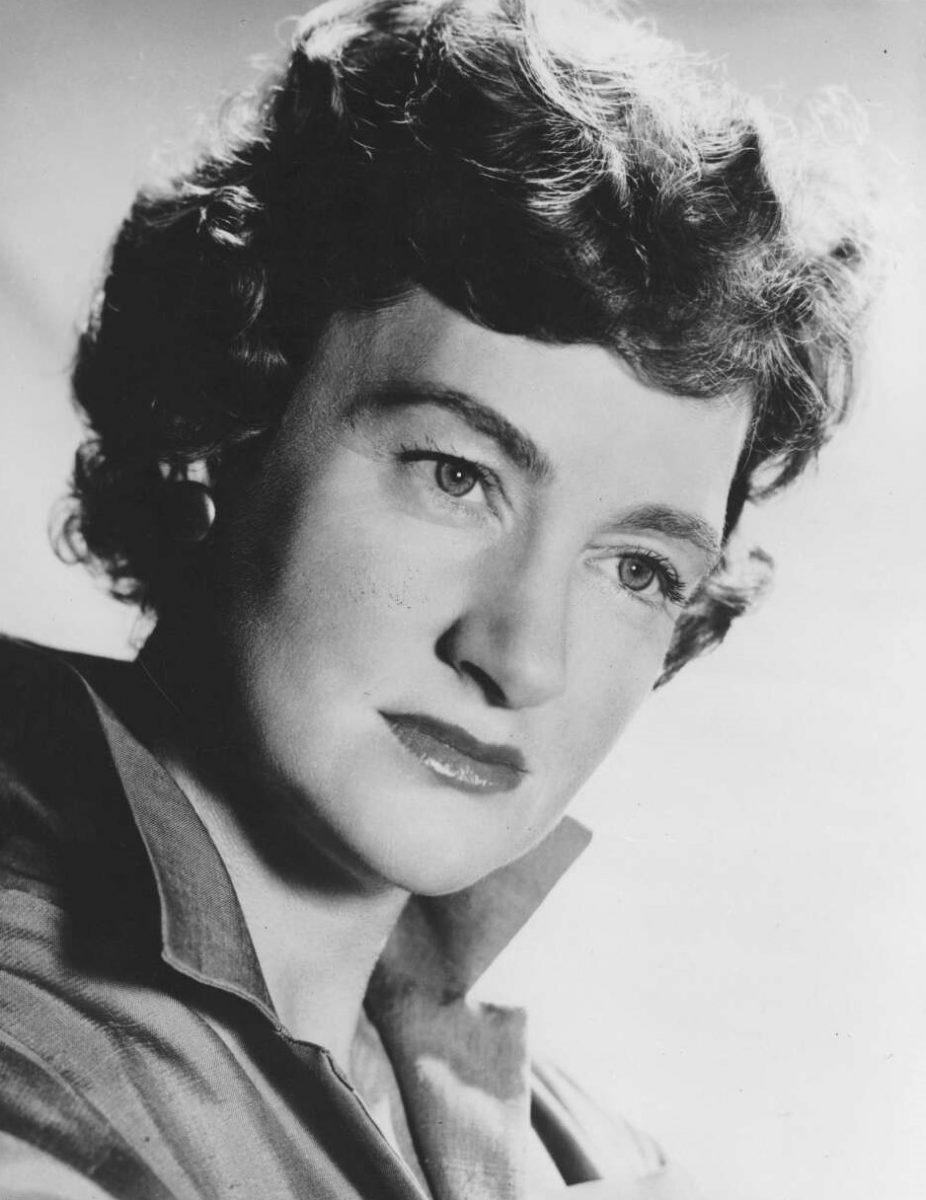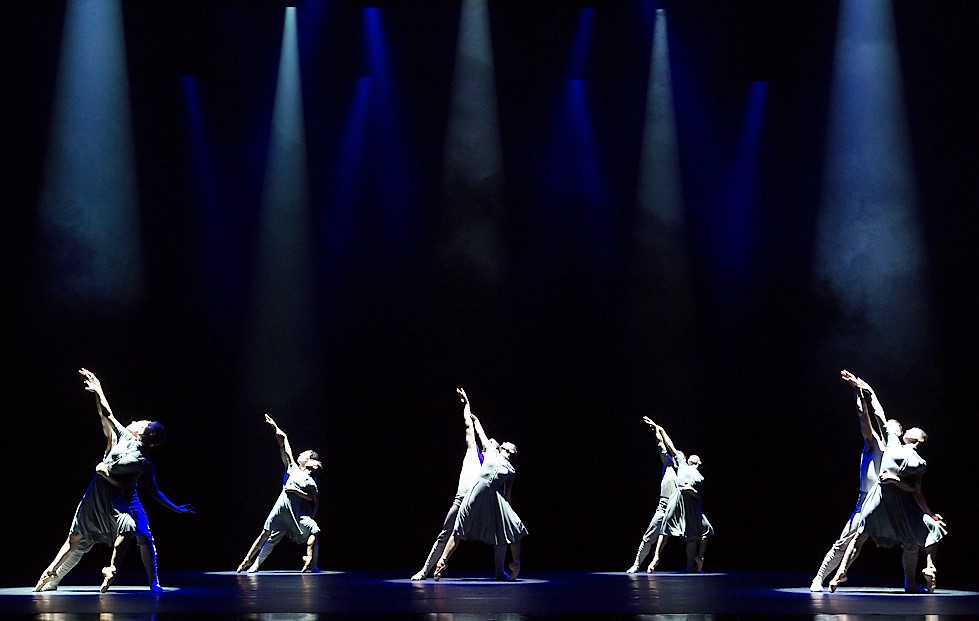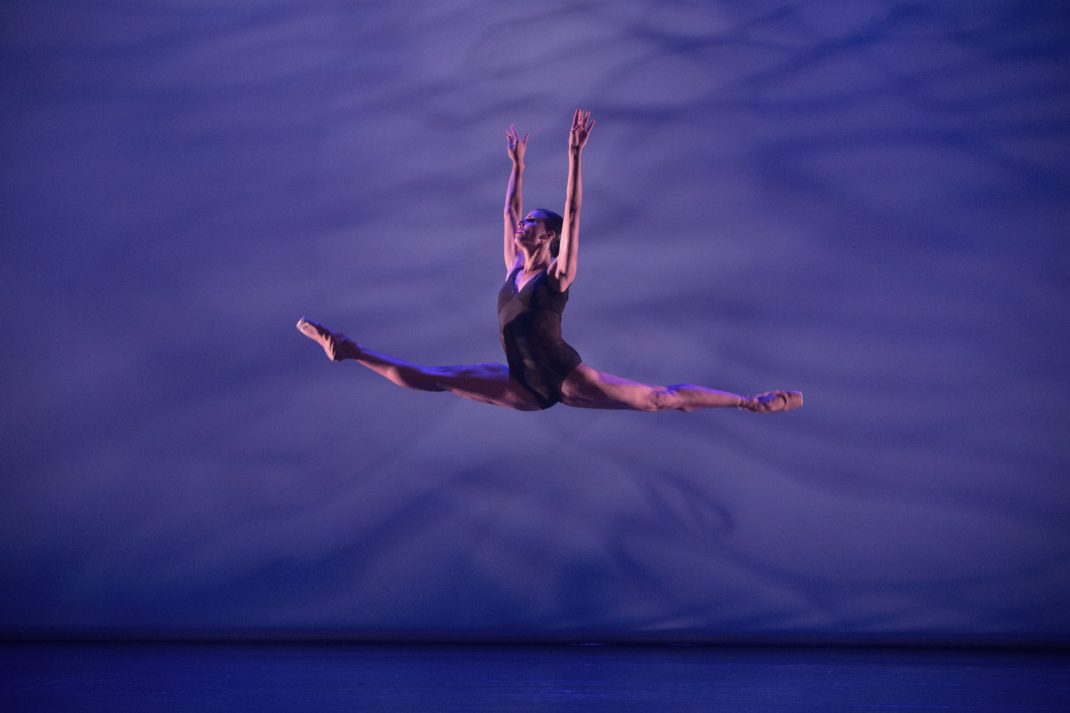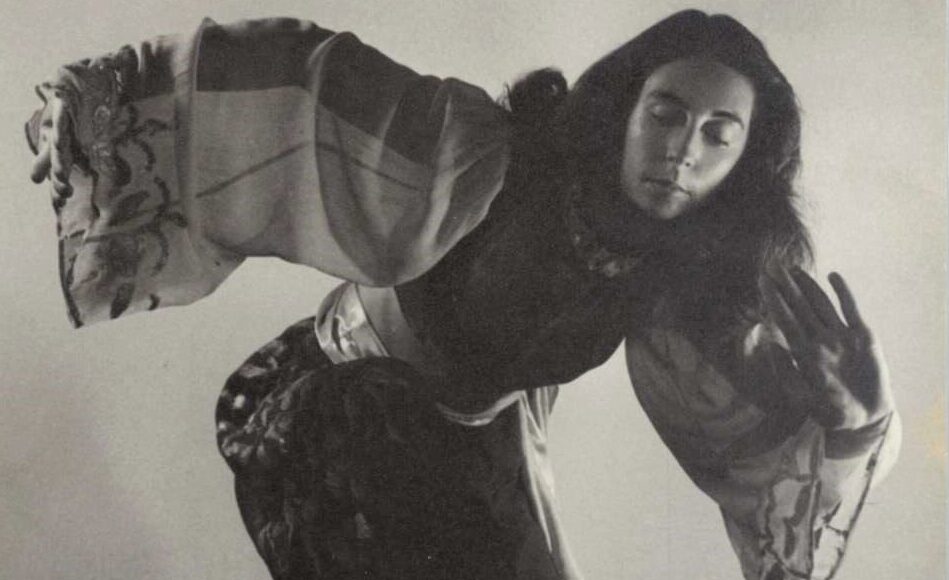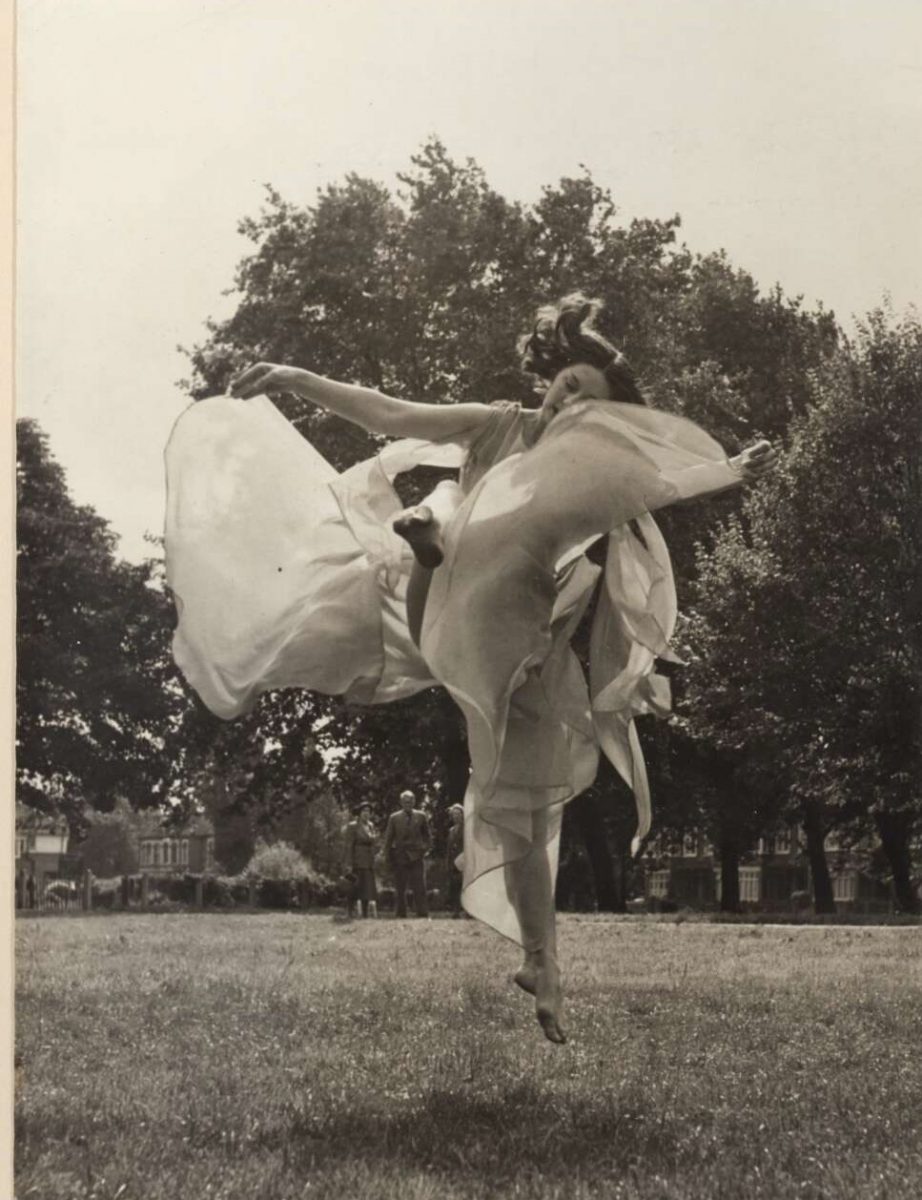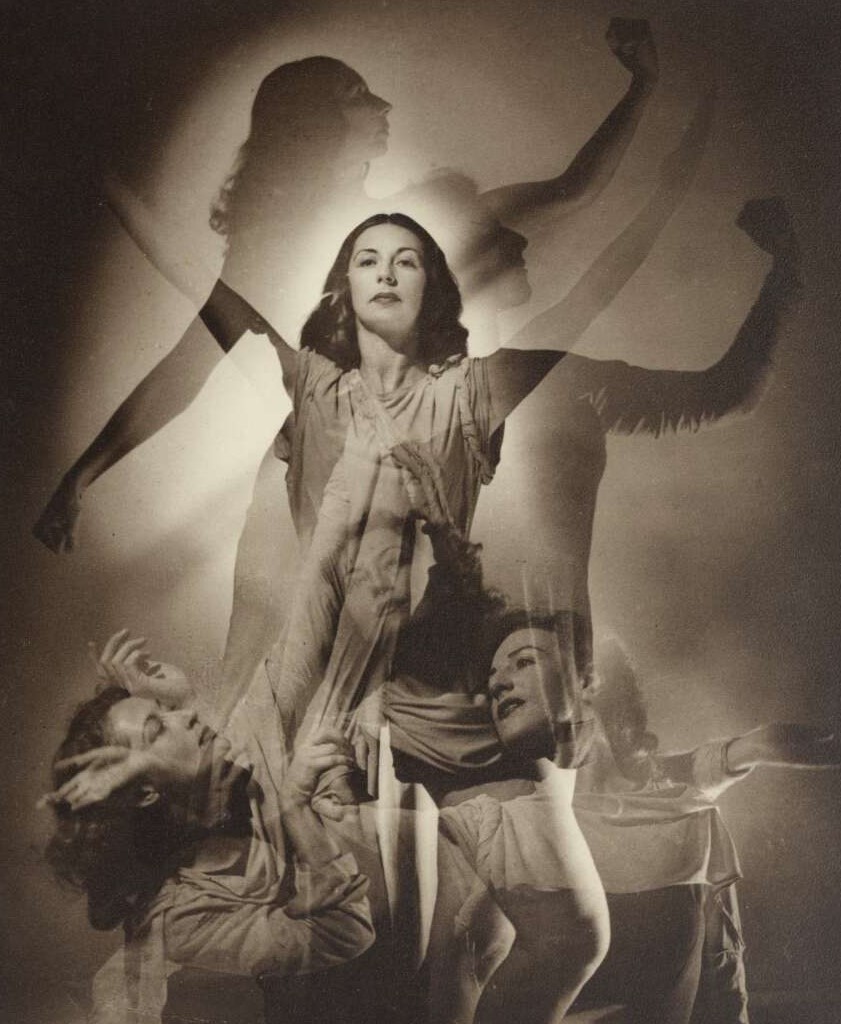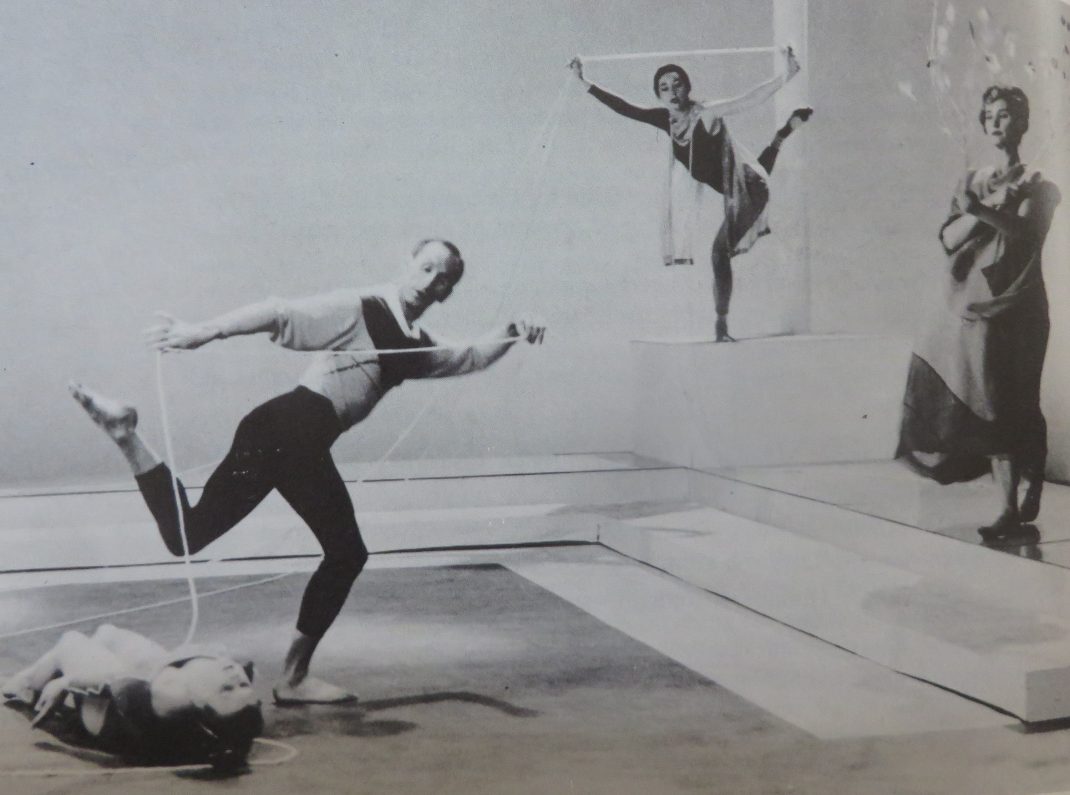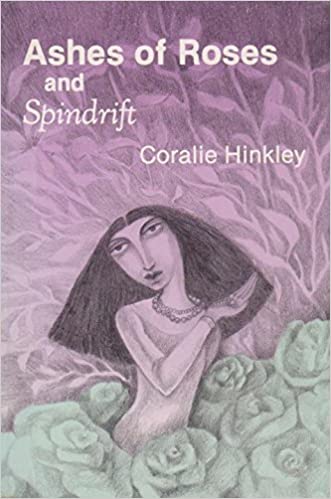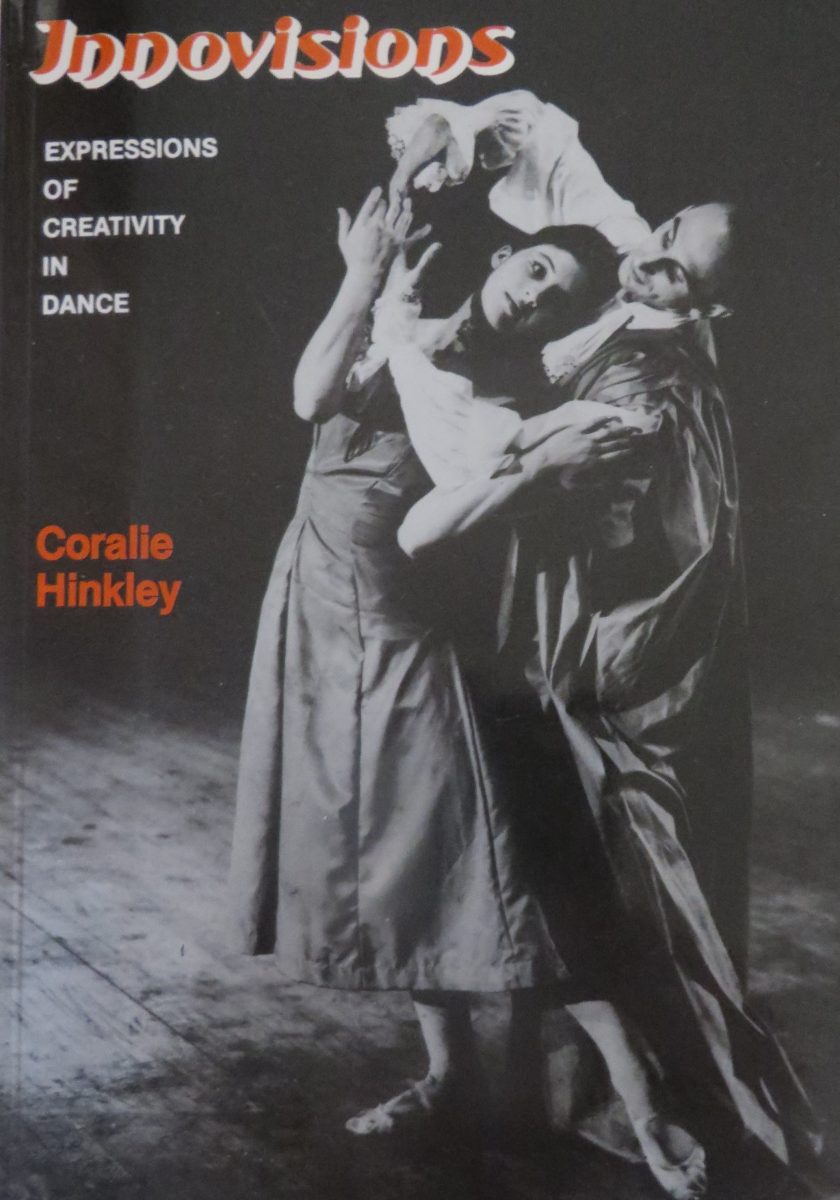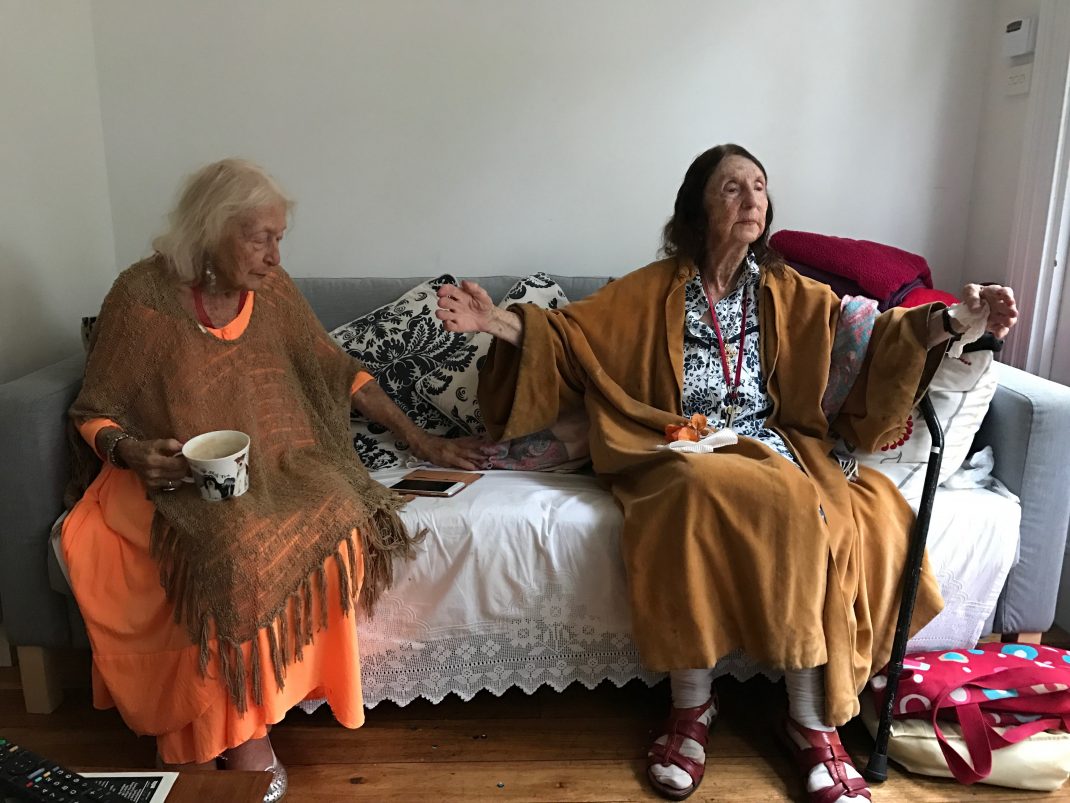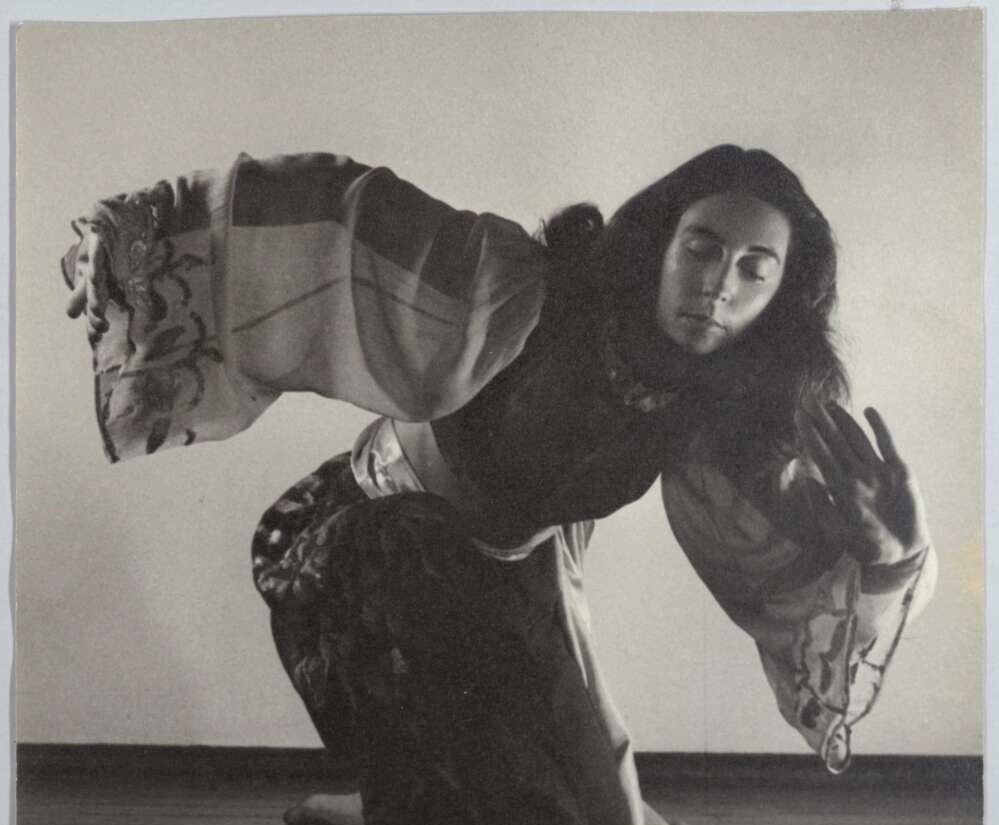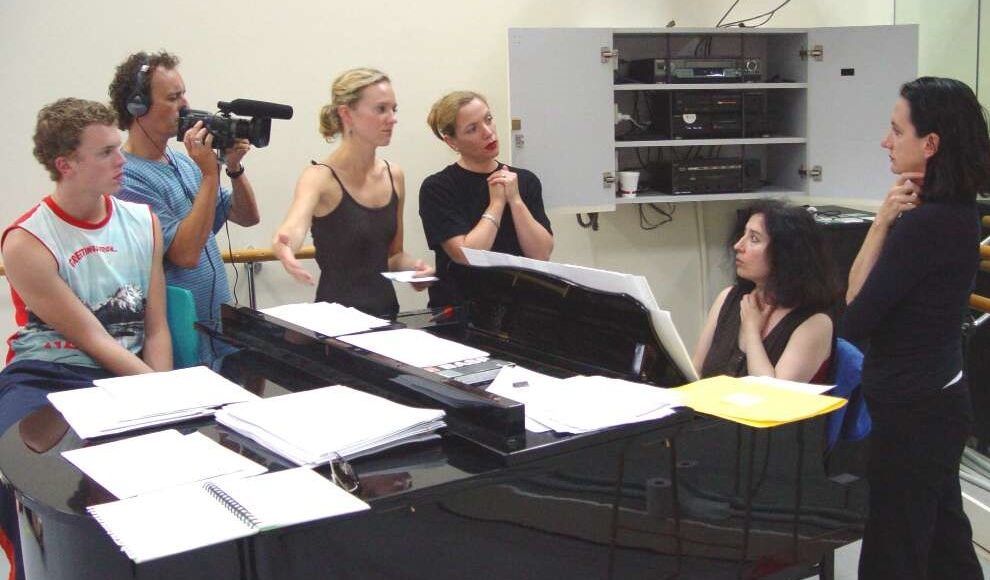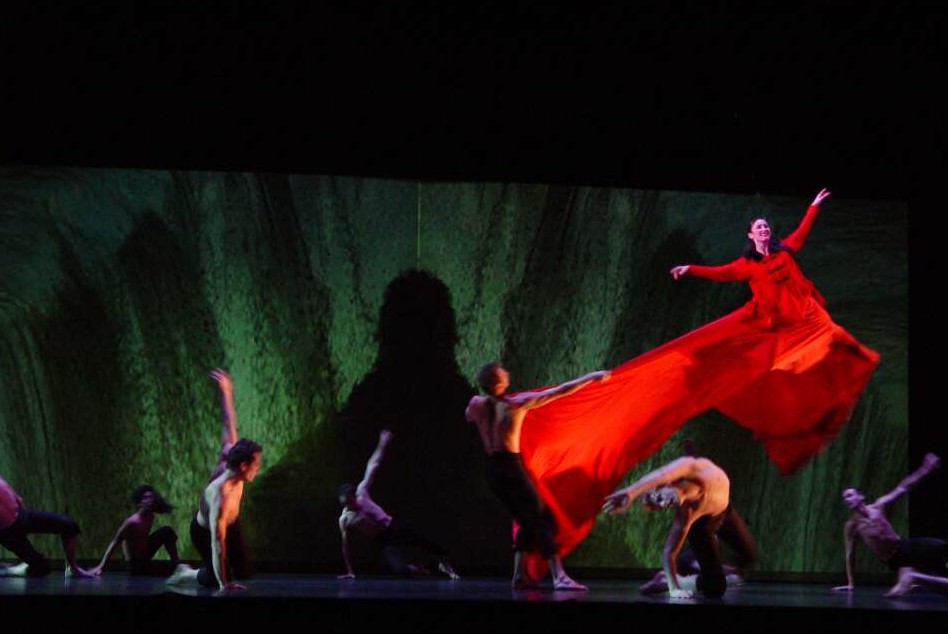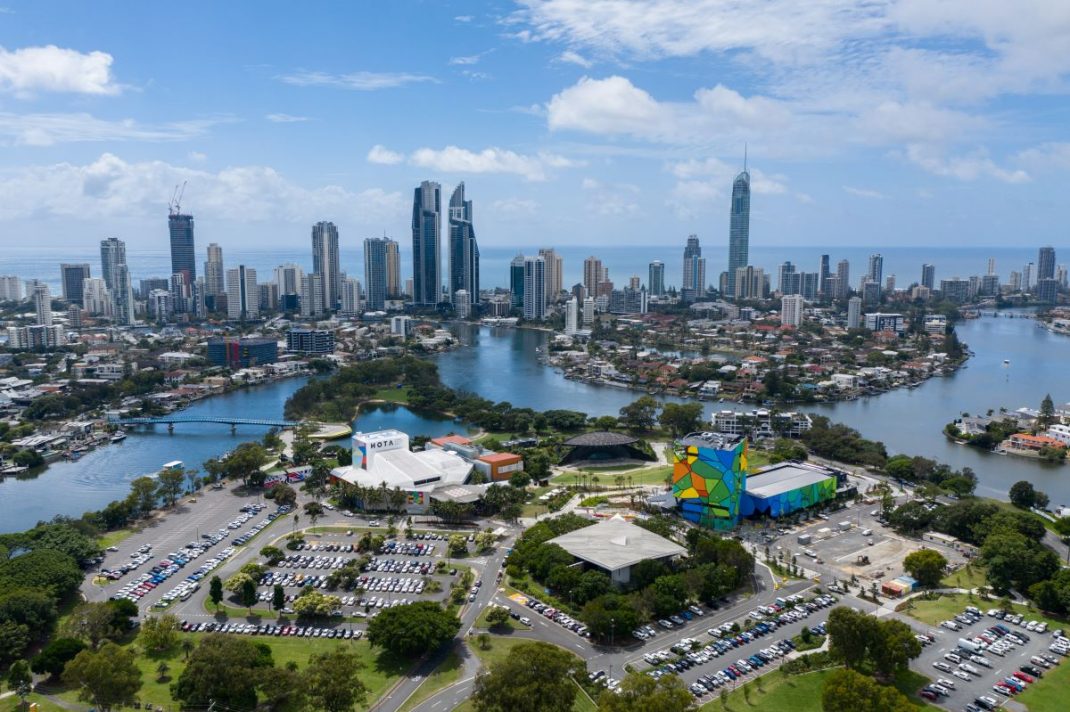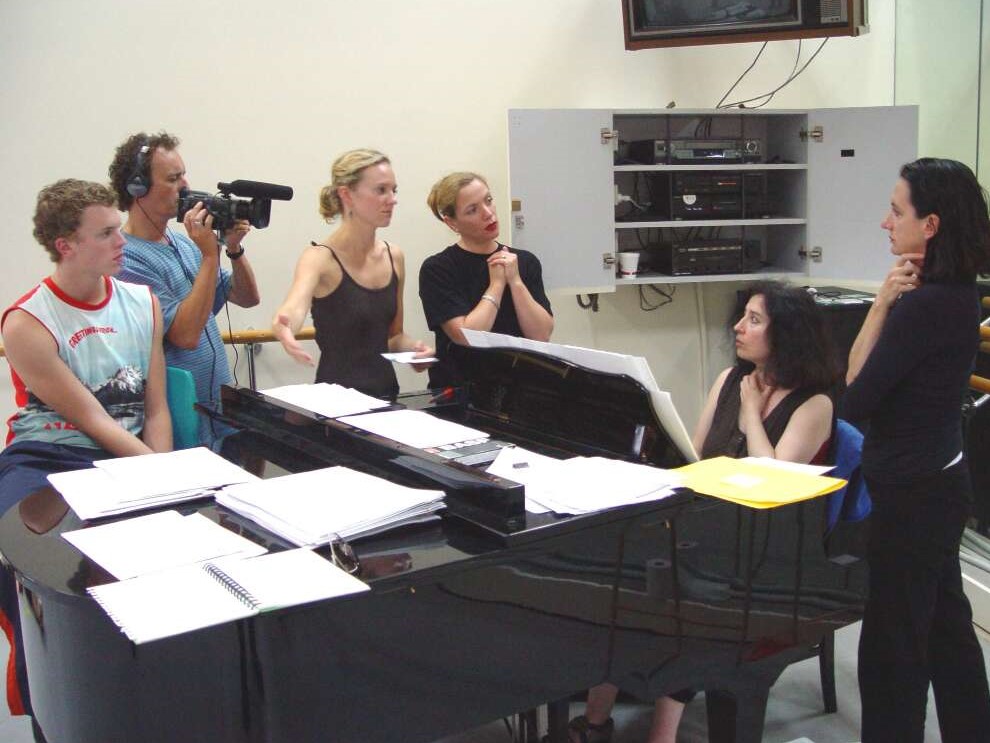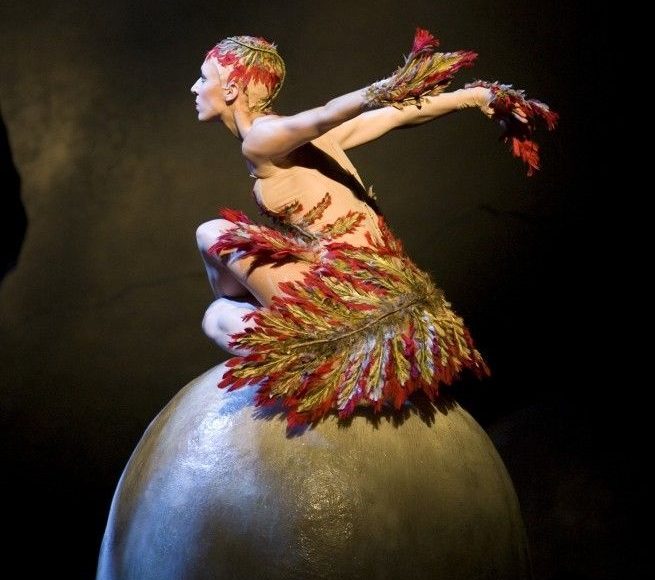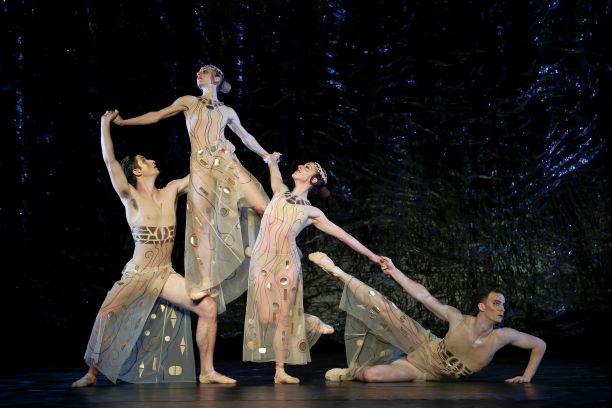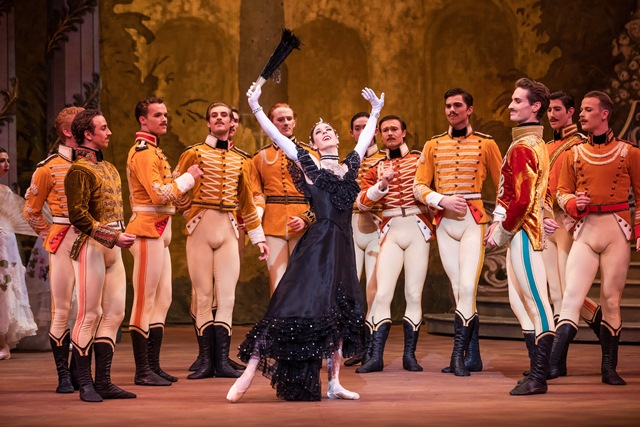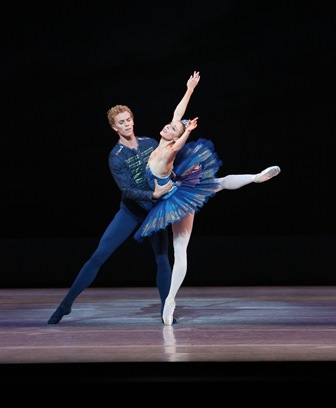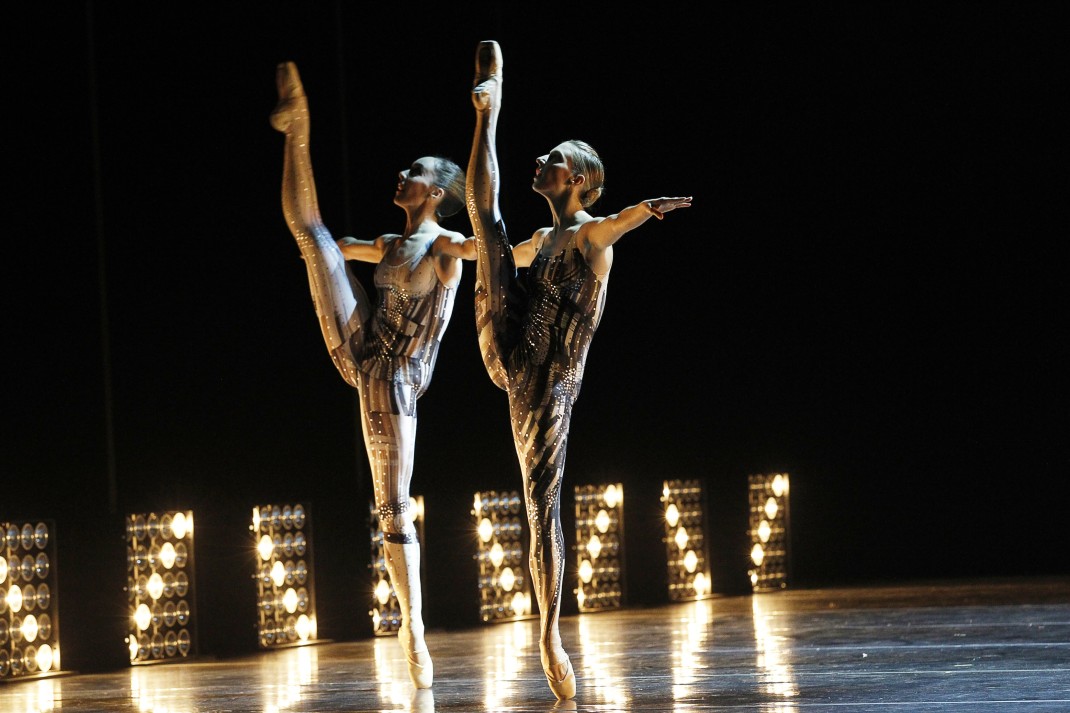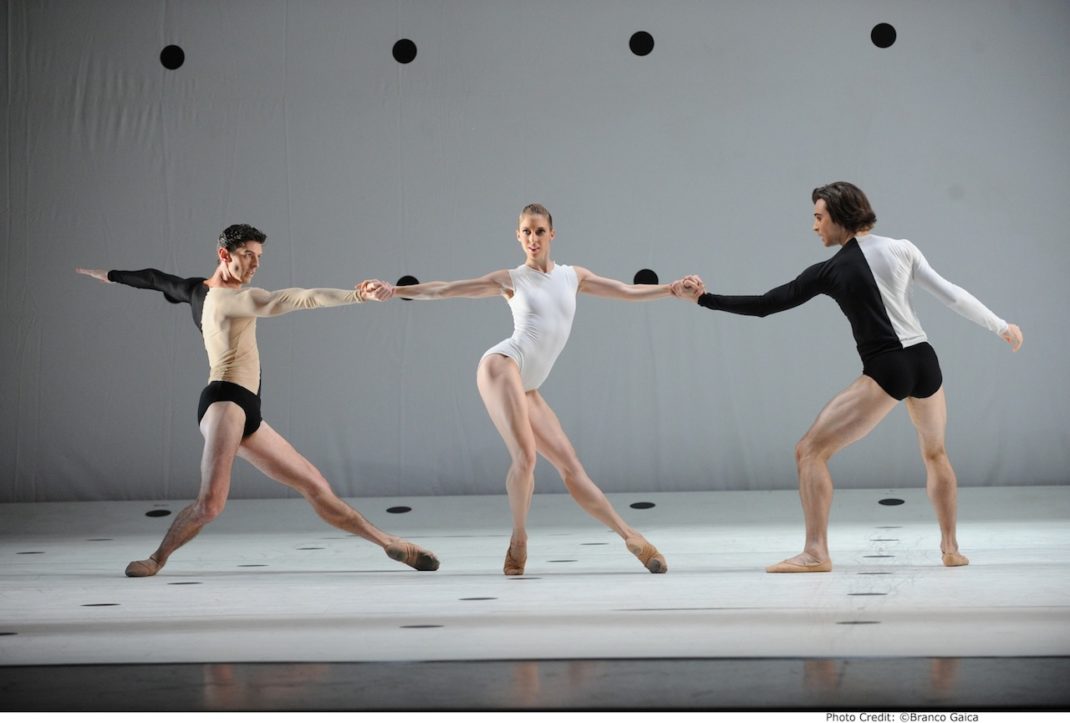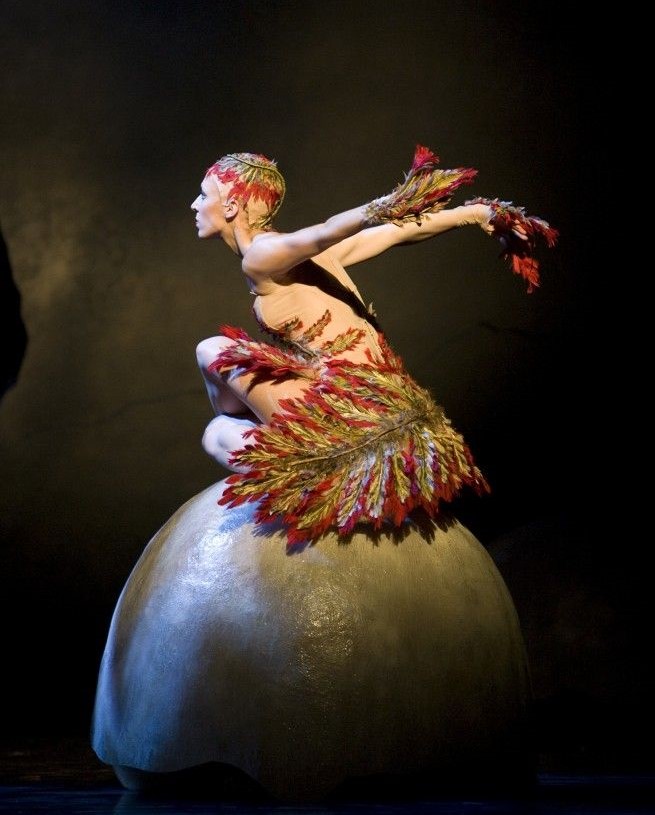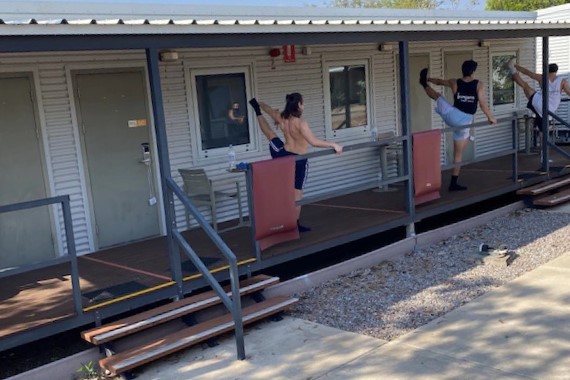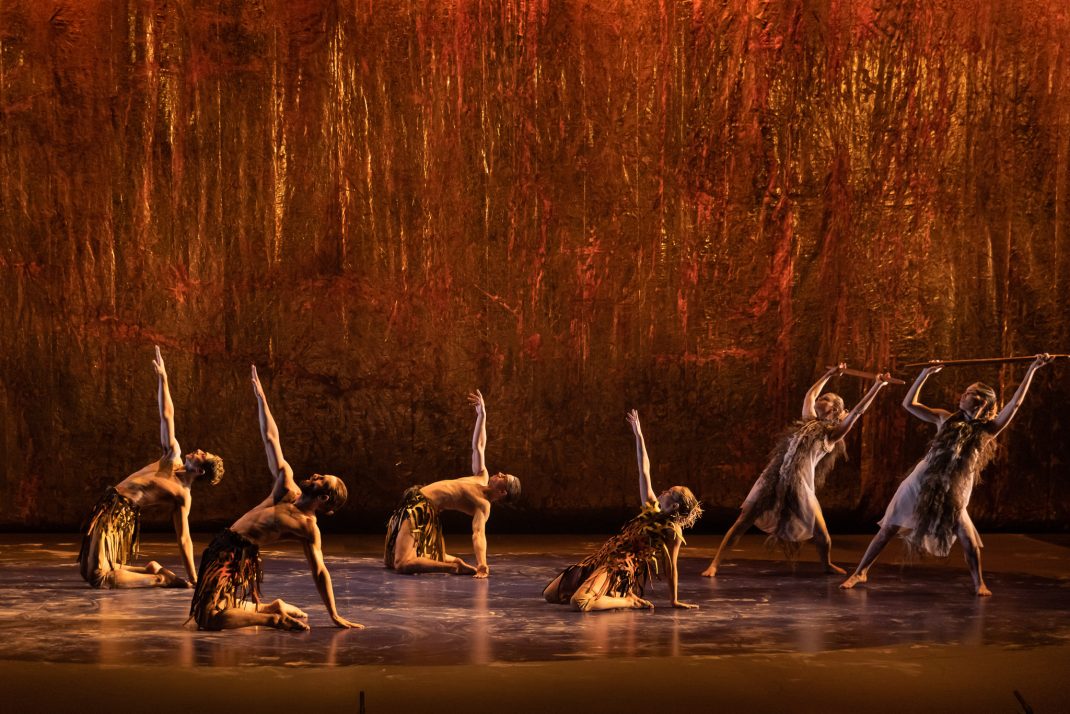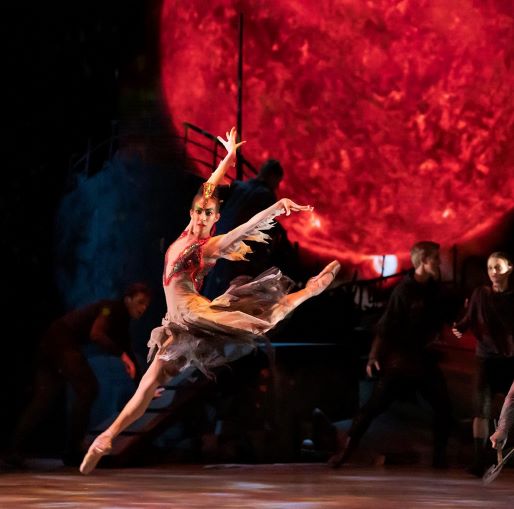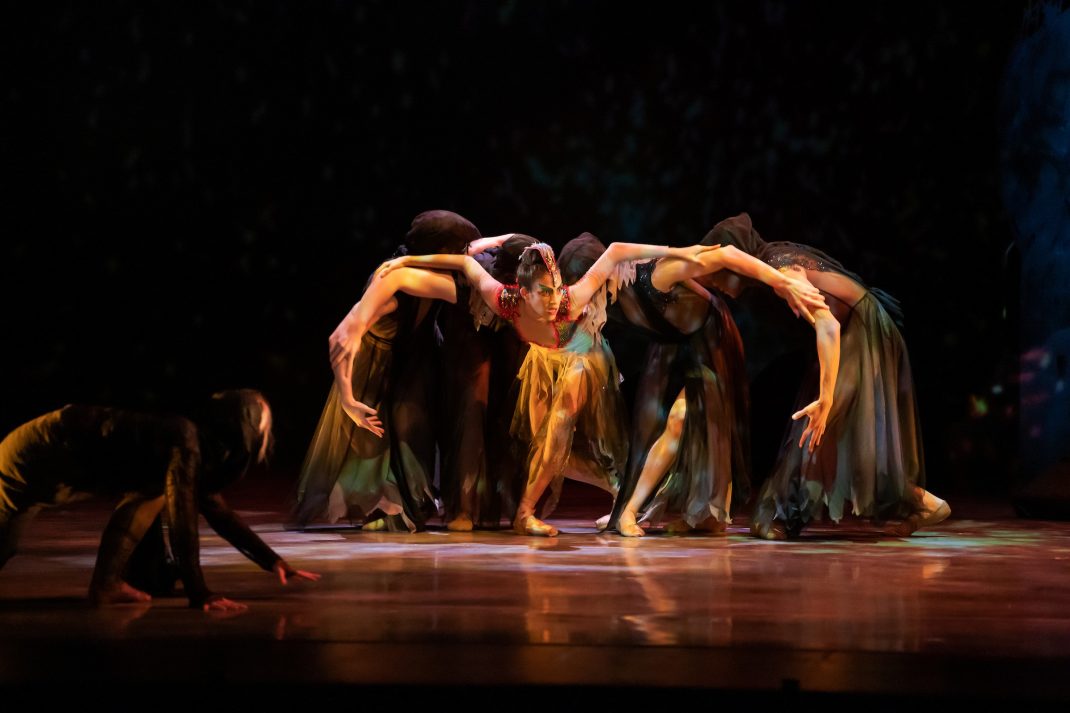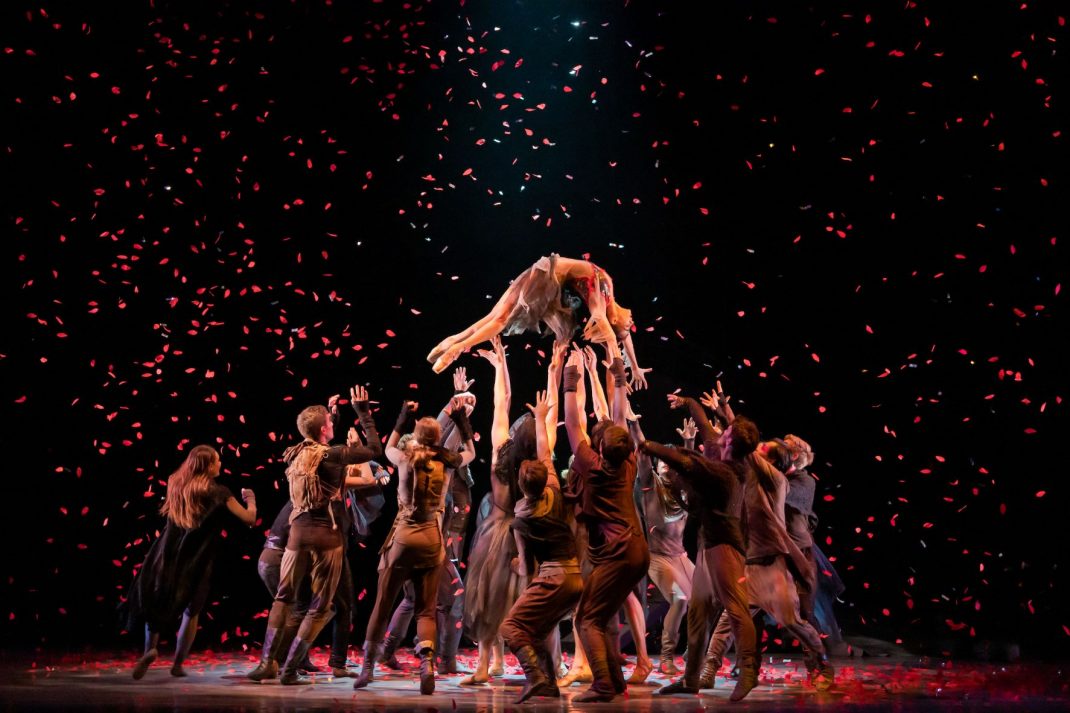This digital stream from New York’s Baryshnikov Arts Centre gives such a beautiful look at two dancers, Mats Ek now in his seventies, and Ana Laguna a little younger in her sixties. Both have had stellar dance careers and have worked across the world and in varied areas of dance, including artistic direction. In this inspiring program, however, we meet them in their summer home in northern Sweden, where they spent many months, including wintery months, in isolation to escape the pandemic. They each perform a solo, with both solos choreographed by Ek, and they speak throughout the film with dance writer and critic Jann Parry.
Ek’s solo is called Whilst, or Medans in Swedish, and is danced to music, La gondole lugubre II, by Franz Liszt. It is a solo in the sense that Ek is the sole dancer, but it might also be called a duet for Ek and a chair. Ek enters and sits on a chair, which we have seen in the performing space from the opening moment. His movements are quite simple to begin with and express a certain amount of boredom or frustration associated with being isolated. He looks at his wrist where a watch would usually be, he runs his hands along his limbs, he crosses and uncrosses his legs. Then the chair becomes part of the movement until it is eventually pushed aside and we watch a freer style of movement, fluid and covering a little more space, and always strongly and precisely performed. He makes a brief escape through a door into another room, but returns and ends standing by a window looking out, perhaps wistfully, perhaps hopefully.
Laguna’s solo is called My Letter, or Mitt Brev in Swedish, and is performed to sections of a Cello Suite by J. S Bach. It revolves around the receipt of a letter and we see a variety of emotions from Laguna, shown brilliantly on her body through Ek’s choreography There is anxiety, there is excitement, there is surprise and perhaps confusion, and finally there is huge pleasure as Laguna finishes the solo standing at window with light pouring into the room as she reads the letter. I loved her fast movements of arms and feet, so full of excitement, and the beautifully fluid bends of the upper body as the arms lifted skywards.
But there is surprise for us the audience too. The letter is at first a blank piece of paper and Laguna handles the letter in various ways, including stuffing it into her mouth. There is even a moment when we wonder if Laguna is about to slit her throat with the letter opener she has used earlier in the piece. But she doesn’t and when she puts the letter opener back in a drawer words have mysteriously appeared on the previously blank sheet of paper.
What follows is a discussion led by Parry with contributions from Laguna and picked up towards the end by Ek. I am not always a fan of hearing what choreographers say their work is about. It so often resonates of that (now old fashioned) concept of intentional fallacy. But the Parry/Laguna/Ek conversation was illuminating. Ek as choreographer didn’t try to tell us what My Letter was about, and why the writing appeared at the end, other than to say simply ‘The letter is written by her dance.’ So it makes sense that we see the writing only when the dance is completed. And given the growing number of groups of older dancers we now have the pleasure of seeing quite often, the discussion of dancing with an ageing body was also illuminating with talk about ‘accepting the limits of an ageing body’ and ‘choosing what is possible’. What an amazing pair of artists they are.
Mats Ek + Ana Laguna is available to watch online until 14 October 2021 via the Baryshnikov Arts Centre website. It is so well worth watching
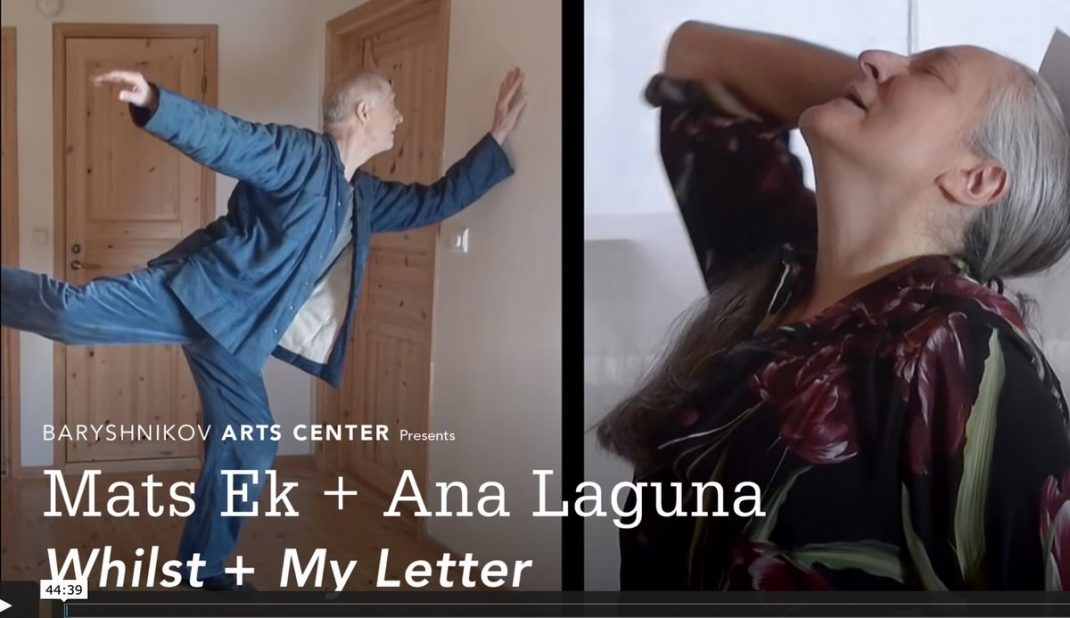
Michelle Potter, 8 October 2021
Featured image: Ana Laguna performing in My letter. Photo: Baryshnikov Arts Centre.
